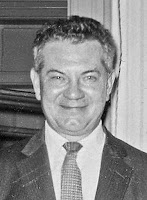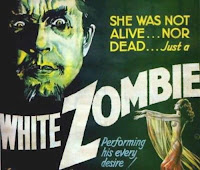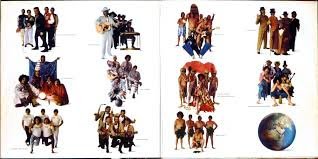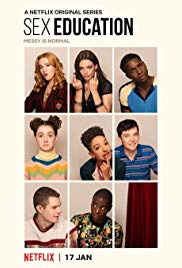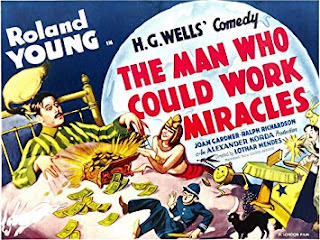(1940)
Directed by A. Edward Sutherland
Written by Adele Comandini (screenplay & story), Mildred Cramm (story)
Starring Harry Carey, C. Aubrey Smith, Charles Winninger, Maria Ouspenskaya, Richard Carlson, Jean Parker, Helen Vinson
IMDB Entry
In the 1940s, there was a small boomlet in a subgenre of dead people coming back to life, often in order to help others.The general explanation of their popularity is that, with people losing loved ones to the war, it was comforting to see an afterlife where the dead could still interact.* But one of this genre predates America’s entry into the war, but still has the theme: Beyond Tomorrow.
Wealthy engineers George Melton (Harry Carey), Alan Chadwick (C. Aubrey Smith) and Michael O’Brien (Charles Winninger) are spending Christmas together in George’s mansion, joined by Madam Tanya (Maria Ouspenskaya). With nothing to do, the decide on a game: each one throws a wallet with ten dollars and their business card on the street and see what happens. The result is that two people show up at the house: James Houston (Richard Carlson) and Jean Lawrence (Jean Parker). James and Jean are attracted to each other and fall in love.
The three men go to fly to another city, despite Madam Tanya’s warnings that the trip is unsafe. Tanya is correct, and the three die, just before Jean and James come over to announce their engagement. It throws a damper on it, but the two follow through on it, even getting some money in one of the men’s will.
Meanwhile, the three ghosts show up at the mansion to help out the young lovers. You see, James has become attracted to a golddigging actress (Helen Vinson) and it’s breaking up the marriage.
The movie really has two parts. The first half is a charming romantic comedy, but the second half falls into melodrama with ghosts trying to fix thing. The three ghosts have echoes of “A Christmas Carol,” though they don’t interact with the romantic leads.
The older actors are all long-time Hollywood veterans and show why as they never were wanting for work. Richard Carlson had a long career in TV and movies, but his TV works was in guest star roles. Jean Parker also continued to work in movies until the mid-60s. Director Eddie Sullivan had directed W. C. Fields along with the comedy-horror The Invisible Woman.
______________________________________________________
*Given 2020, I wonder if it might be revived.




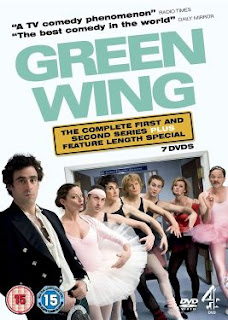
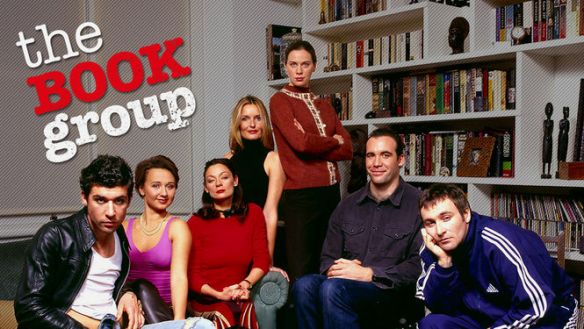
 (1976)
(1976)


